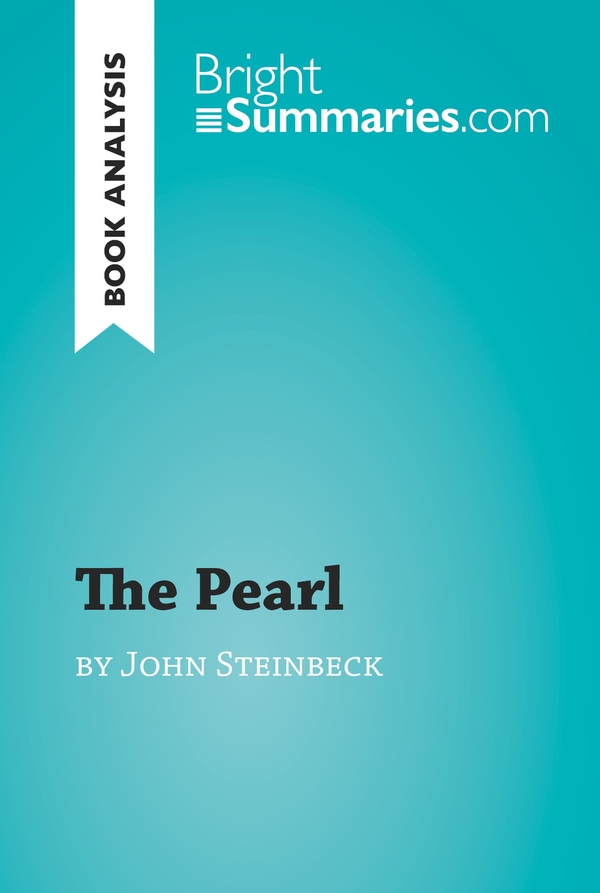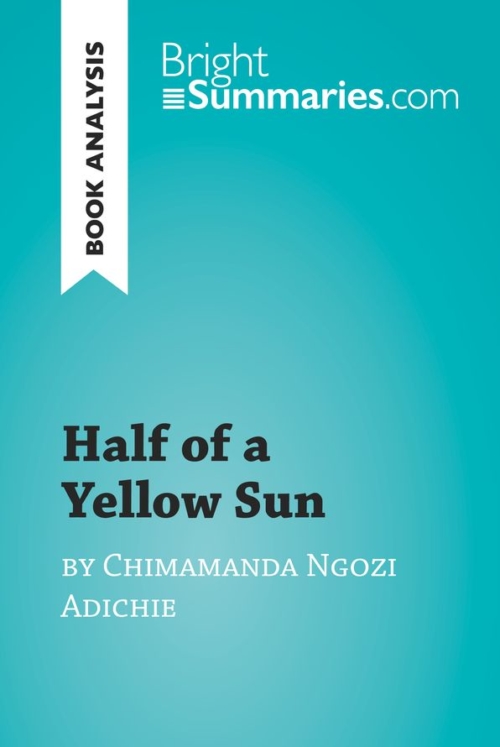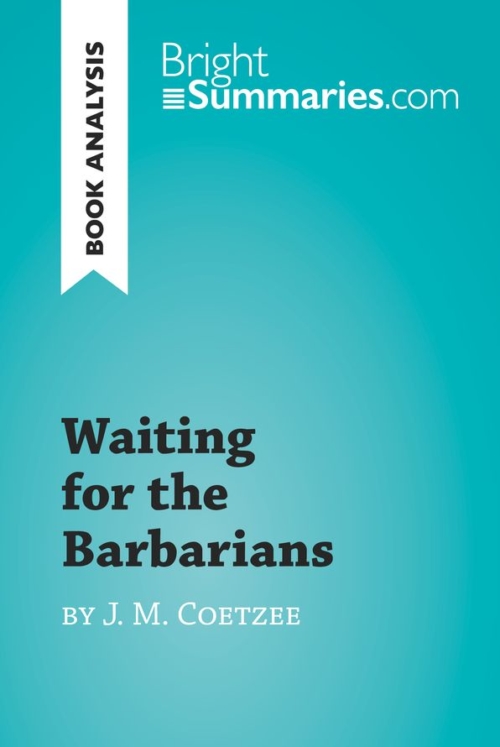The Pearl by John Steinbeck (Book Analysis)
The Pearl by John Steinbeck (Book Analysis)
Detailed Summary, Analysis and Reading Guide
Read more
This practical and insightful reading guide offers a complete summary and analysis of The Pearl by John Steinbeck. It provides a thorough exploration of the novel’s plot, characters and main themes, including greed and evil. The clear and concise style makes for easy understanding, providing the perfect opportunity to improve your literary knowledge in no time.
This clear and detailed 21-page reading guide is structured as follows:
- Biography of John Steinbeck
- Presentation of The Pearl
- Summary of The Pearl
- Character study
- Kino
- Juana
- The Native American villagers
- The white townspeople
- Analysis of The Pearl
- The theme of music and song
- Colonization
- Binary oppositions: good vs evil and indigenous vs white
About The Pearl
The Pearl was first published in 1947. It tells the story of a Mexican fisherman by the name of Kino, who one day discovers an incredibly valuable pearl which he believes will change his life for the better. However, the find turns out to bring more trouble than it is worth, as Steinbeck takes us on an exploration of evil, greed, and the true nature of mankind.
About John Steinbeck
John Steinbeck was an American writer who was born in California in 1902. His grandfather was German. He went to study at Stanford, but dropped out and then left for New York in 1925, where he had a number of different jobs. He published his first novel in 1929, without a great deal of success. He began to gain greater recognition with Tortilla Flat, which was his first commercial and critical success. His fame continued to grow, until he finally won the Nobel Prize for Literature in 1962. However, this was a very controversial decision, and Steinbeck himself, when asked whether or not he should have won, replied “Frankly, no”.
Steinbeck’s home state plays a large part in his works, which tend to have a rural setting and deal with the theme of hardship. Many of his books have been made into films.
Product details
| ISBN | 9782806280374 |
|---|---|
| Publisher | Plurilingua Publishing |
| Collection | BrightSummaries.com |
| Format | |
| Pages | 22 |
| File size | 1.4 MB |







